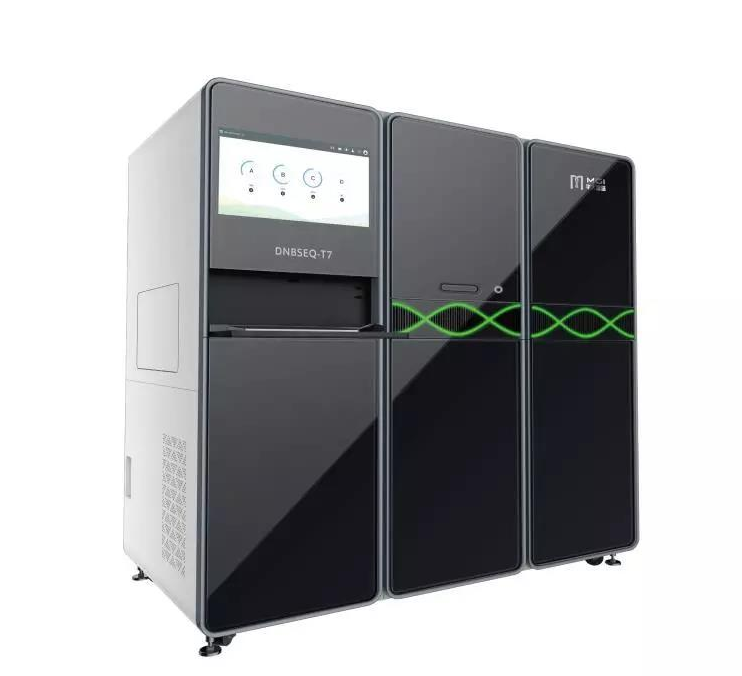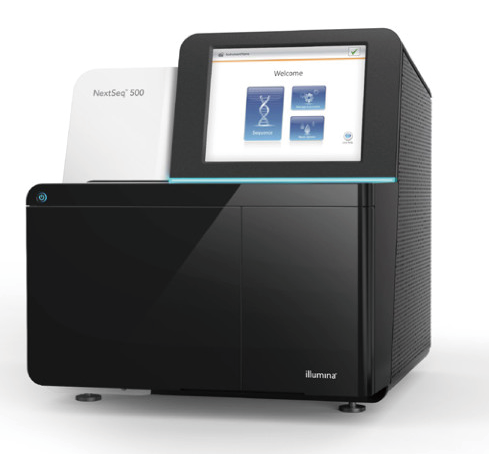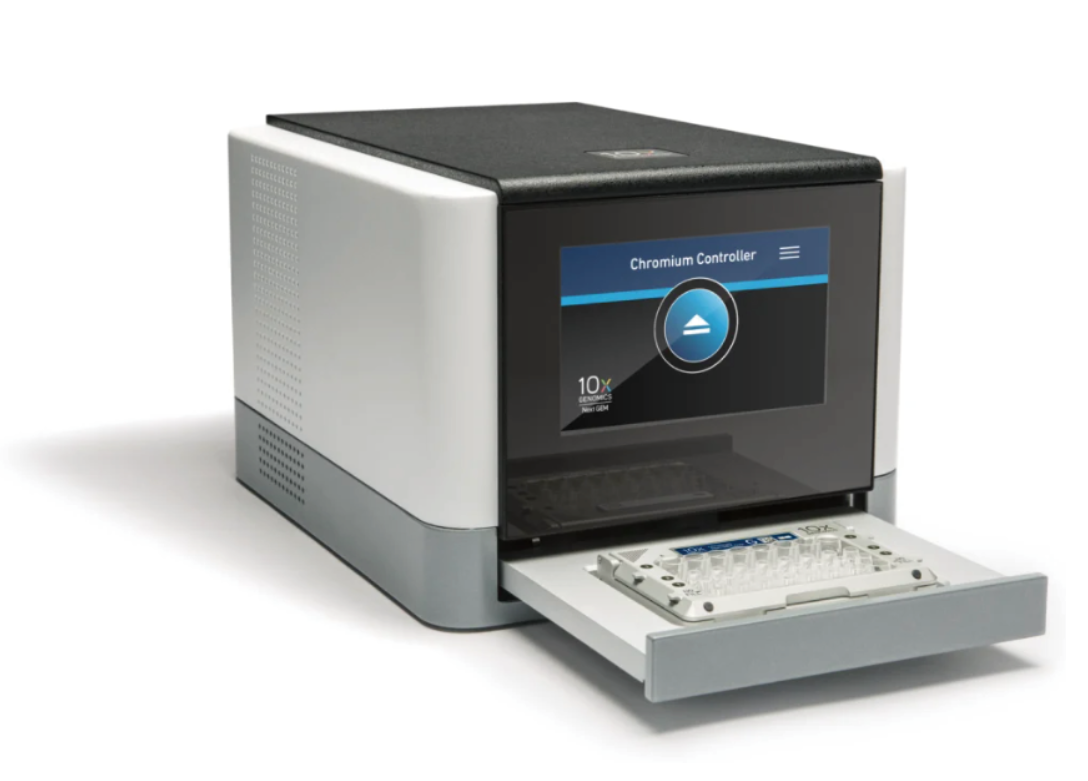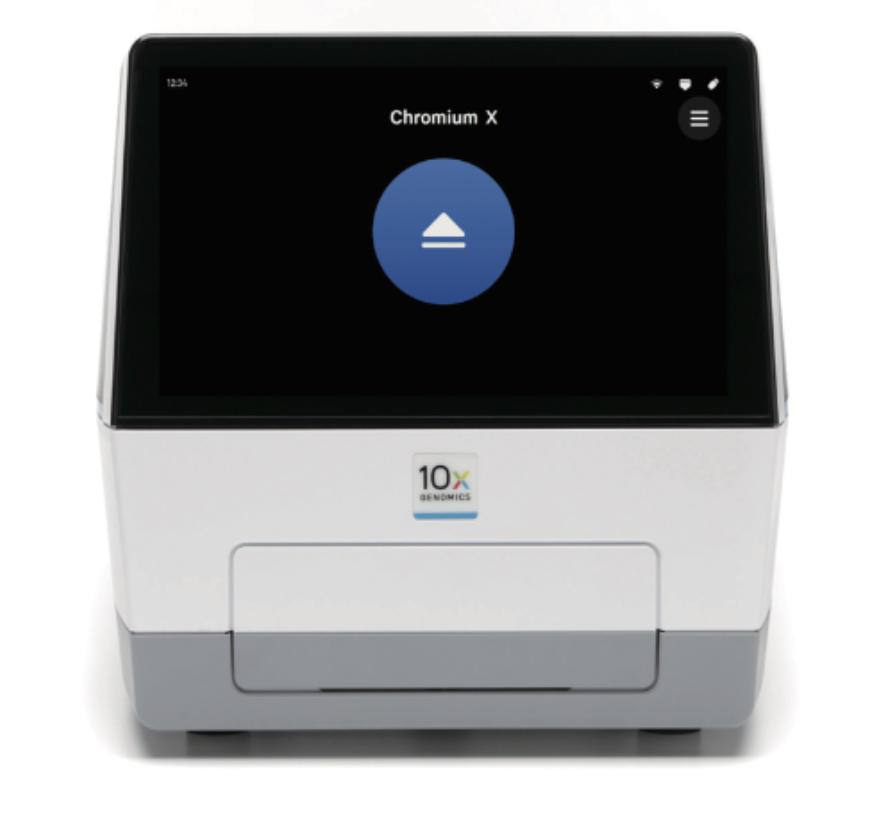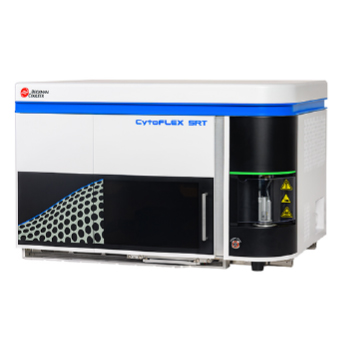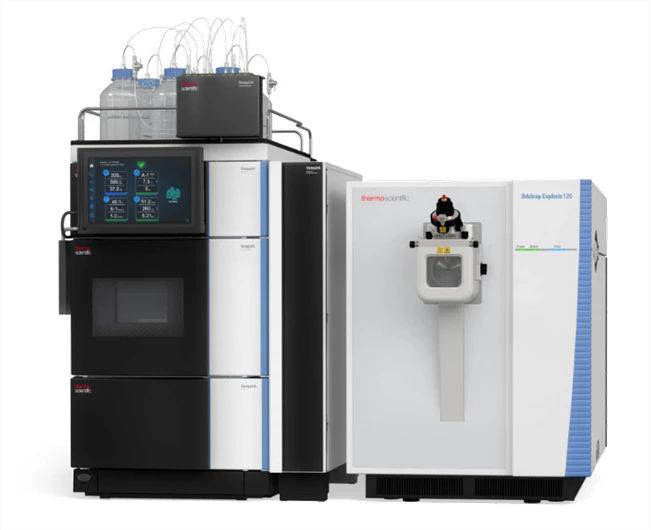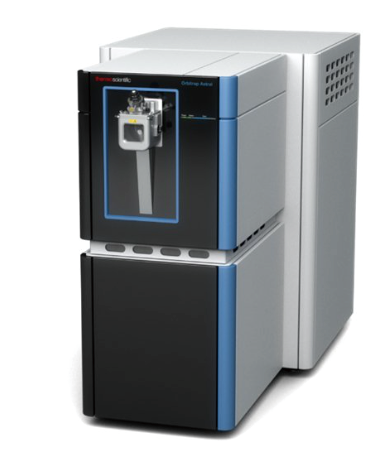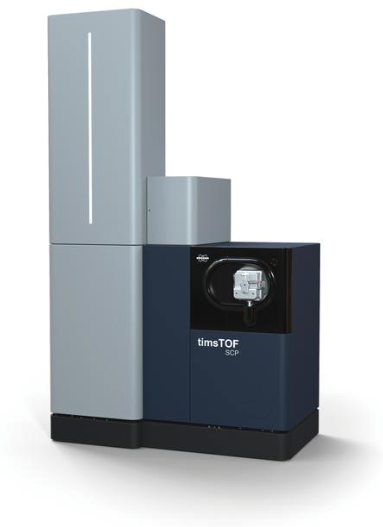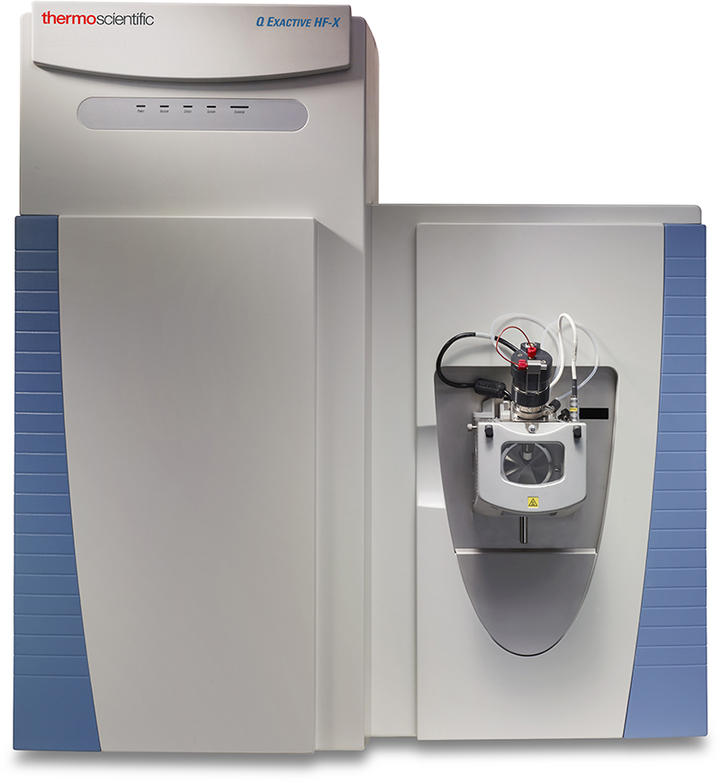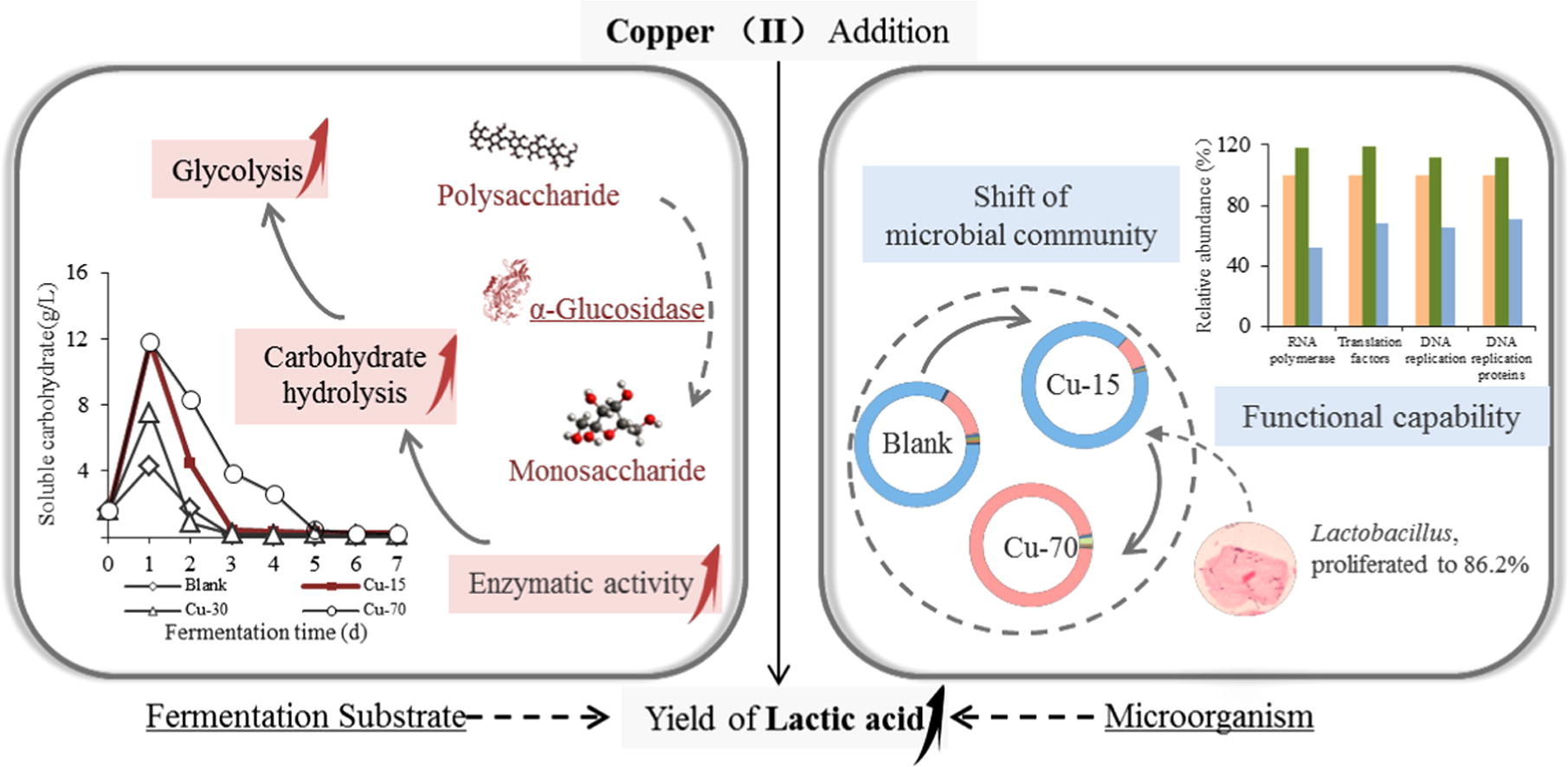
A b s t r a c t
Bio-re?nery of food waste and waste activated sludge to high value-added chemicals, such as lactic acid, has attracted particular interest in recent years. In this paper, the effect of copper (II) dosing to the organic waste fermentation system on lactic acid production was evaluated, which proved to be a promising method to stimulate high yield of lactic acid (77.0% higher than blank) at dosage of 15 lM-Cu2+/g VSS. As mechanism study suggested, copper addition enhanced the activity of a-glycosidase and glycolysis, which increased the substrate for subsequent acidi?cation; whereas, the high dosage (70 lM-Cu2+/g VSS) inhibited the conversion of lactic acid to VFA, thus stabilized lactic acid concentra-tion. Microbial community study revealed that small amount of copper (II) at 15 lM/g VSS resulted in the proliferation of Lactobacillus to 82.6%, which mainly produced lactic acid. Finally, the variation of functional capabilities implied that the proposed homeostatic system II was activated at relatively low concentration of copper. Meanwhile, membrane transport function and carbohydrate metabolism were also strengthened. This study provides insights into the effect of copper (II) on the enhancement of lactic acid production from co-fermentation of food waste and waste activated sludge.
text link:https://www.sciencedirect.com/science/article/pii/S0956053X18301703




